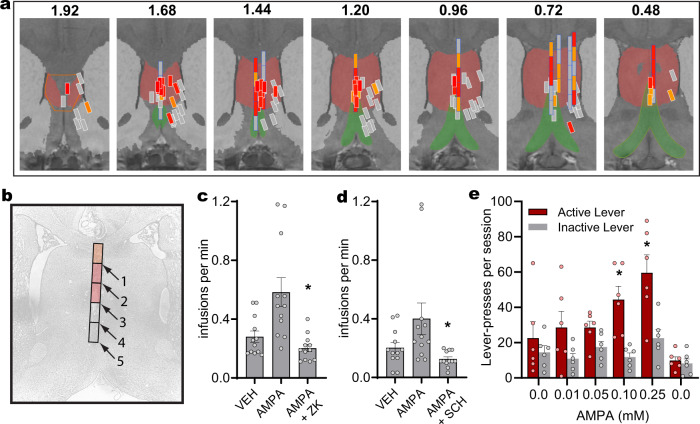Fig. 3. Administration of AMPA into the septum is reinforcing and increases approach behavior.
a Effectiveness of AMPA self-administration sites. The septal area is indicated in maroon; the diagonal band of Broca is indicated in green; the striatum is indicated in light gray. Injection sites are shown in rectangles with three different colors, which indicate the effectiveness of self-administration at each injection site (observations from 111 rats): high rate (red; when the highest injection rate is 0.67 injections/min or greater); medium rate (orange; when the site supported 0.46 injections/min in 2 sessions or more); and low rates (gray; when rates fall into all other cases). The numbers indicate distances from bregma. The rat coronal sections are adapted and modified from Waxholm Space rat brain atlas v3 (https://ebrains.eu/service/rat-brain-atlas). b Photomicrogram showing a cannula track with estimated injection sites. This rat received AMPA injections at 5 sites along the dorso-ventral track (black squares), and self-administered AMPA at a medium rate with cannula 1, high rates with cannulae 2 and 3, and low rates with cannulae 4 and 5. c Effect of the AMPA receptor antagonist on AMPA self-administration. Rats received vehicle, 0.25 mM AMPA alone, and a mixture of 0.1 mM ZK200775 and 0.25 mM AMPA over 3 consecutive sessions. Co-administration of ZK with AMPA significantly reduced self-administration (n = 12 rats; mean ± SEM; *p < 0.001, compared to the AMPA value, Tukey HSD post hoc test). d Effect of the DA receptor antagonist SCH 23390. ICSA rates of AMPA into the septum is significantly greater than those of vehicle (aCSF) or AMPA with the pretreatment of SCH 23390 (n = 12 rats; 0.025 mg/kg, i.p.; mean ± SEM; *p < 0.01, compared to the AMPA value, Tukey HSD post hoc test). e Effects of non-contingent intra-septal AMPA injections on visual-stimulus seeking behavior (n = 6 rats; mean + SEM; *p’s < 0.01, compared to the inactive-lever value, Tukey HSD post hoc test).

